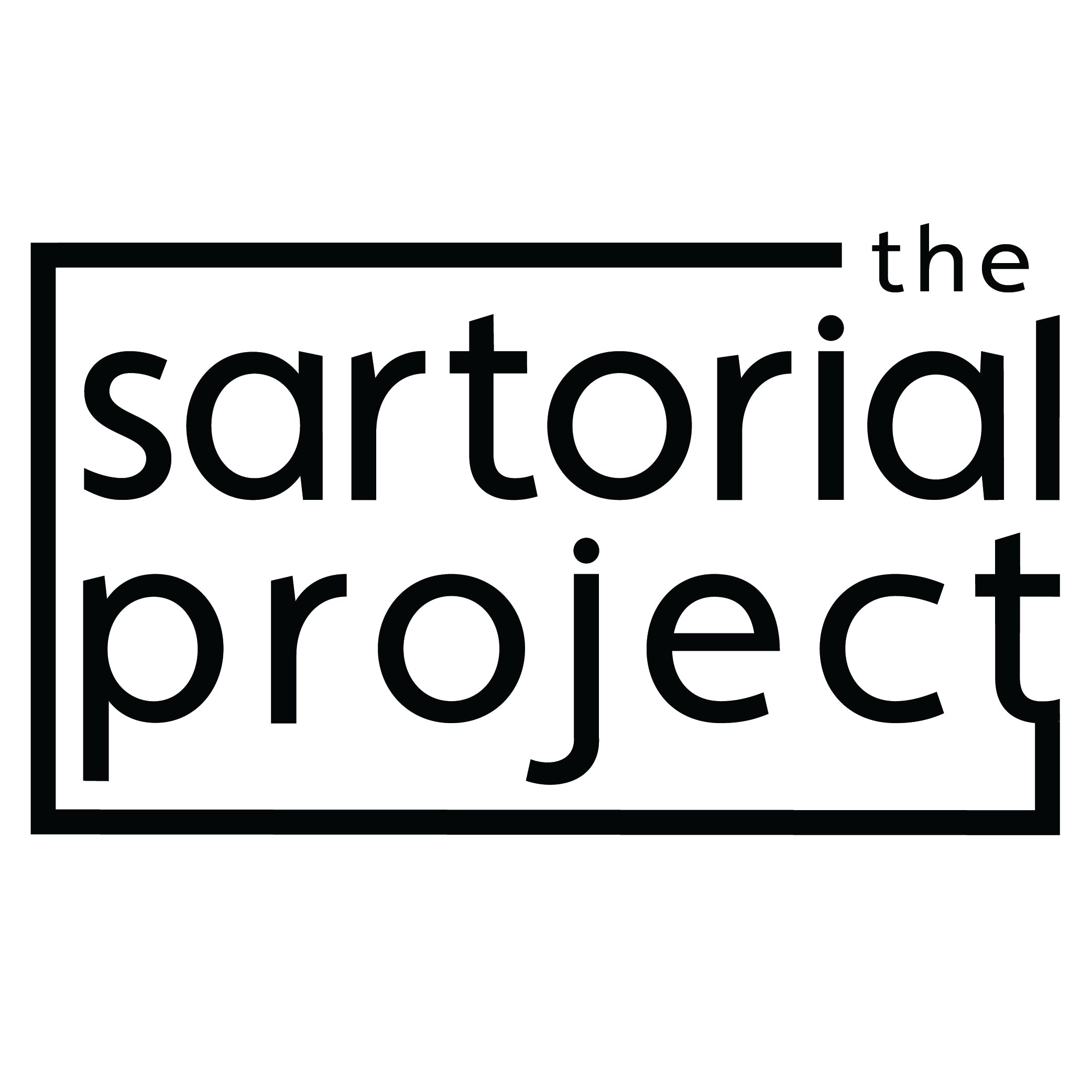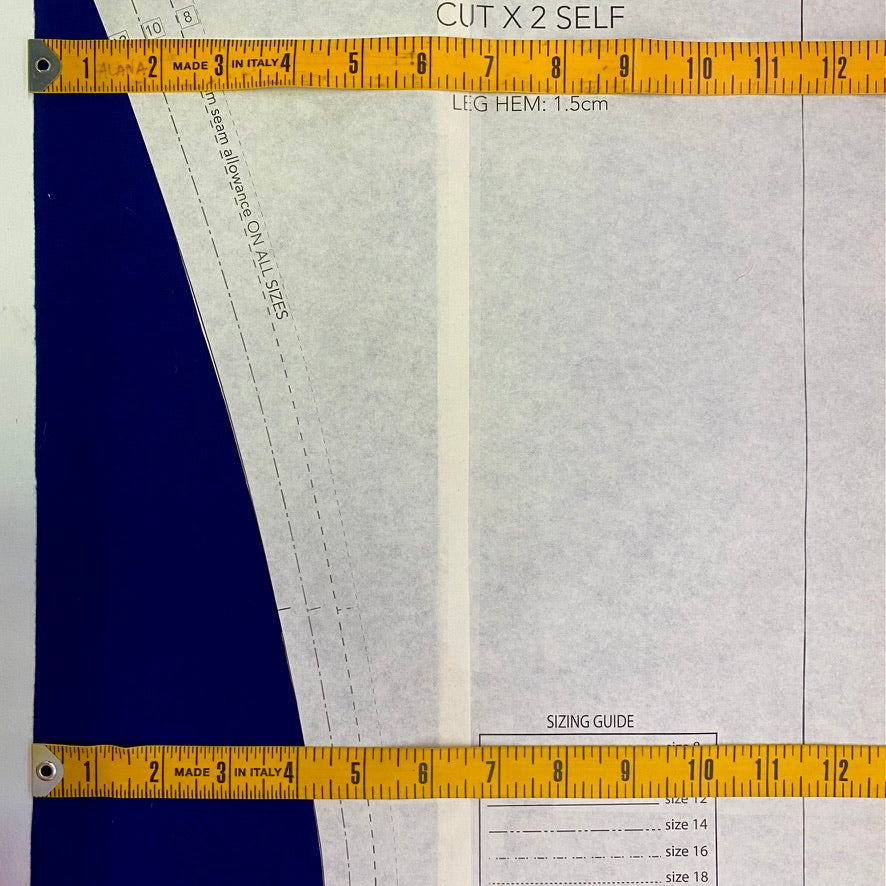Grain lines: Woven textile have three grains. Weft (cross grain) this is the grain to travels from selvedge to selvedge. Warp (length) this grain extends down through the length of the cloth. Bias (diagonal) on a 45 degree angle. Each play a role in how fabric is cut and how a garment fits on the body.
Bias is stretchy and can be fluid. You may find that some patterns may have a combination of grain lines, as cutting a section on bias grain, might help with stretch and fit.
Warp and weft grains on woven fabrics are firm, one direction may sometimes have a little more give than the other, usually the weft grain. Some fabrics such as duchess satin will gather differently on the warp to weft grain.
Cutting your fabric on the correct grain and following the sewing pattern instruction is essential. Ignoring or not placing the pattern on the correct grain may result in a twisting or misshapen garment. A good trick to follow is when you place your pattern pieces on your fabric, use a tape measure or ruler to measure from the selvedge to the grain line marking on the pattern, making sure it is even from the top to the bottom of the pattern.
Do you know what fabric doesn't have a grain line? Felted and non-woven fabrics such as interfacing. The fibers in this instance are compressed or matted together without weaving or knitting.
Resting fabric: Did you know that fabric needs to 'rest'? When you go into a fabric store and buy your fabric from the roll, you will notice how neat and firm it is wound. This is because it is usually rolled by a machine which applies a little tension to help keep it nice a flat and firm on the card roll.
Sometimes when it is unrolled, the tension is released, so it is good practice to lay your fabric for a day or so and let is 'rest' or settle prior to cutting.
Squaring fabric: Sometimes when the fabric has been rolled (as above), it may go onto the card roll slightly skewed. You may notice that the selvedges (warp) seem staring, but the cross grain (weft) is at an angle. To help move the fabric back onto grain, slightly pull the fabric on the diagonal grain (bias) to help it settle back into a squared position. This may take a couple of attempts if the fabric is significantly skewed. You can tell how skewed the fabric is by folding the fabric in half and aligning the selvedges.

